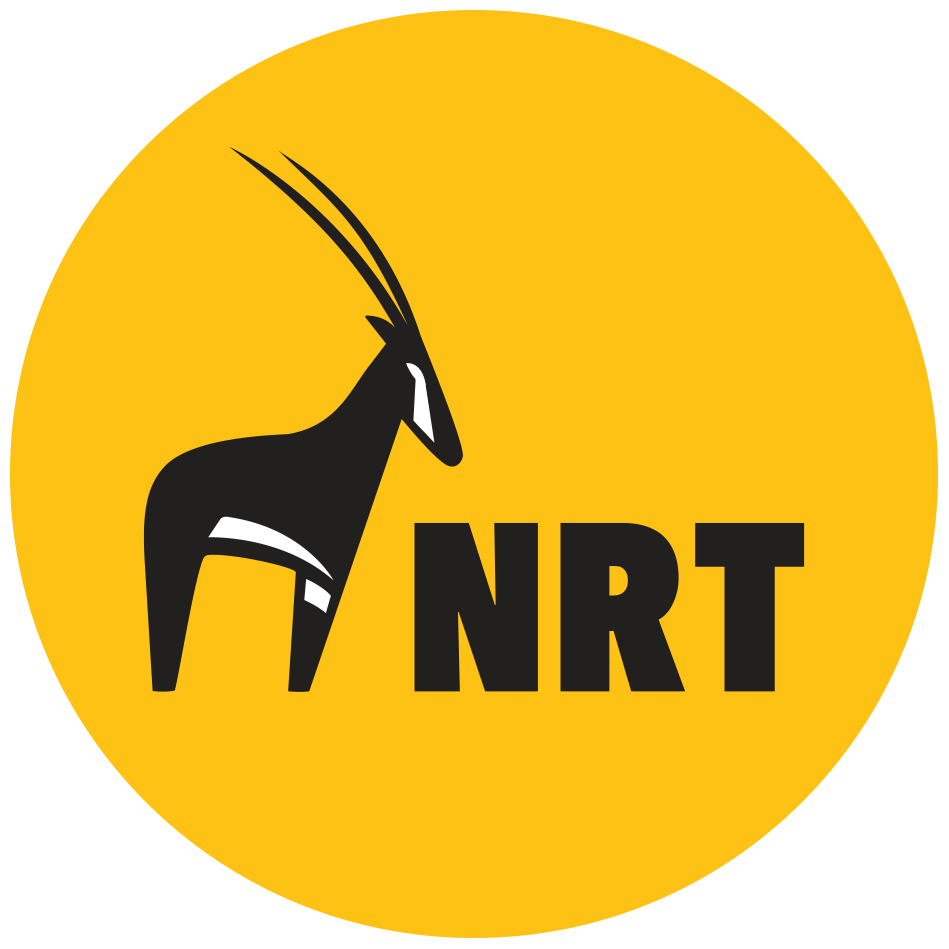
Conservancies are investing in community policing to complement government agencies in order to ensure a human-centered approach to improving wildlife protection and safety in northern Kenya.
All NRT member community conservancies work closely with the Kenya Wildlife Service (KWS), the National Police Service, local government authorities, and NRT to provide a community-led approach to conflict resolution and wildlife conservation.
Conservancy Scouts
Each member conservancy employs a team of scouts from the local communities, who are trained at the KWS Law Enforcement Academy in Manyani. Scouts play a vital role in monitoring endangered wildlife species, conducting anti-poaching patrols, raising conservation awareness in their local communities and acting as community wildlife ambassadors.
Many conservancies are home to multiple ethnic groups, and all have equal representation in the scouts teams.
There are 1,033 conservancy scouts across the NRT member conservancies.
In 2022, 325 conservancy scouts from all NRT member conservancies graduated from a three month training at the Kenya Wildlife Service (KWS) Law Enforcement Academy (LEA) in Manyani.
Wildlife Response Units
NRT is subservient to its member conservancies, the Kenyan government and law enforcement. NRT employs seven wildlife response units, known who operate on a regional level under the leadership of the National Police Service and KWS, focusing primarily on wildlife protection when called upon by the Government.
The units represent the ethnic diversity of the communities they serve, and this is one of their greatest strengths. Working under the ethos of a community policing model, they collaborate closely with the authorities. Together, the wildlife response units and conservancy scouts are supporting an unprecedented, landscape-level community policing initiative, which is improving security for both wildlife and people.
Conservancy Infrastructure Development Unit
The Conservancy Infrastructure Development Unit is responsible for improving vehicle and aerial patrol access to allow for faster response to safety incidents. The Unit aims to reduce the number of contingencies by increasing patrol coverage.
In 2022, the Conservancy Infrastructure Development Unit graded 36 kilometers of road and 7.3 kilometers of airfield.
Building Peace



